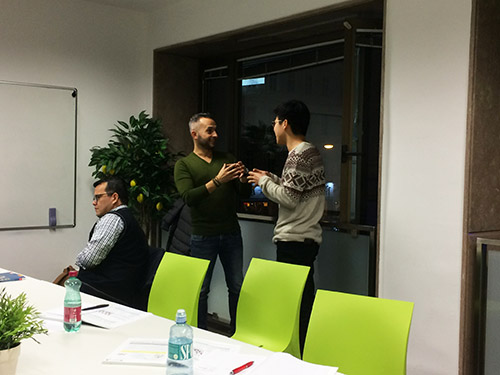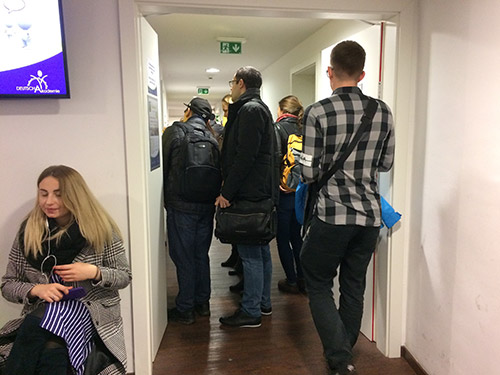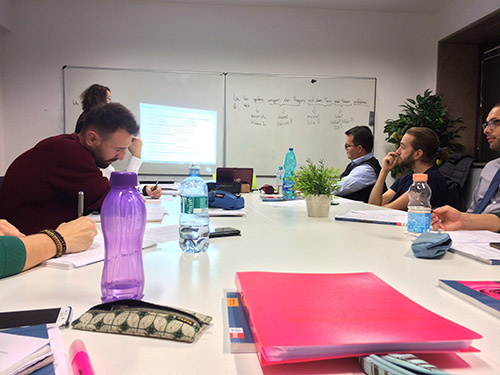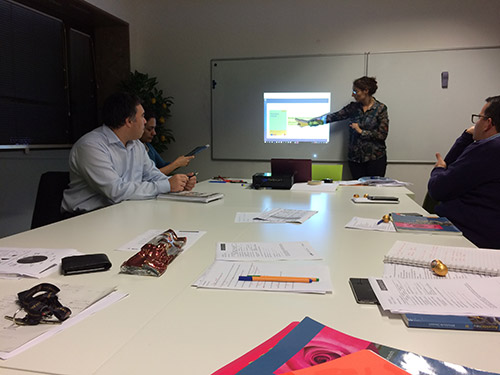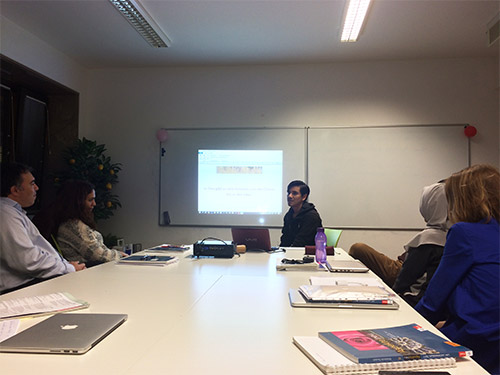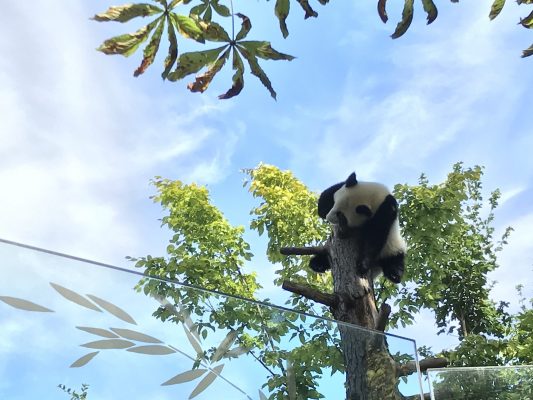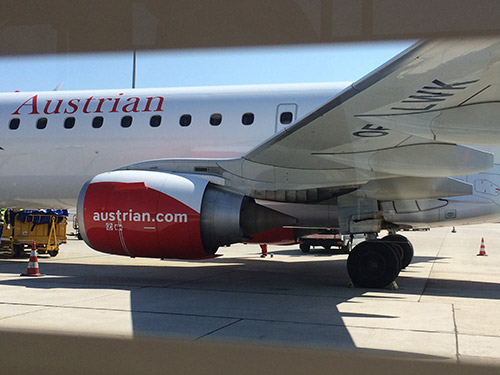The number one thing to improve in a new country is the language spoken there. It helps you from everyday situations, from the supermarket, or the doctor’s office, or making social contacts and friends, to having better job prospects and so on. It’s a crucial aspect of living in Vienna, as I’m sure everyone reading this blog is aware of, and it’s what we’re all working so hard toward – fitting in here, whether we are just staying for a few months, or wanting to make a life here.
When I hear stories of people that have moved in a foreign country, and have been living them for 5-10-20 years without learning the language, I am a bit amazed. It feels, to me, a bit like living in a bubble and talking only your native language, without exposing yourself to all the wonderful new things a new culture has to offer, particularly the Viennese culture, here in question.
For me, Deutschakademie has been wonderful, because it has given me the first environment and the courage to talk – flawed, and very possibly with many mistakes – but talk nonetheless. Even though rationally I knew this was a better alternative than not talking, I felt very self-conscious, especially when it came to talking with native speakers. But little by little, I grew more confident, I learned to accept that unless I’m willing to make mistakes while speaking, I’m never going to overcome them. And I think it’s how many of the students here feel as well.
Yesterday I managed to capture a moment between two colleagues, conversing in German during the break. You can see even from the picture that they were very engaged, and their faces lit up as they found common ground to talk about. I thought to myself how nice it is that speaking is able to bring people together like that, and how much easier it is to learn German in a German speaking country, as opposed to a class done back in my hometown, for instance, which felt more like a hobby.

